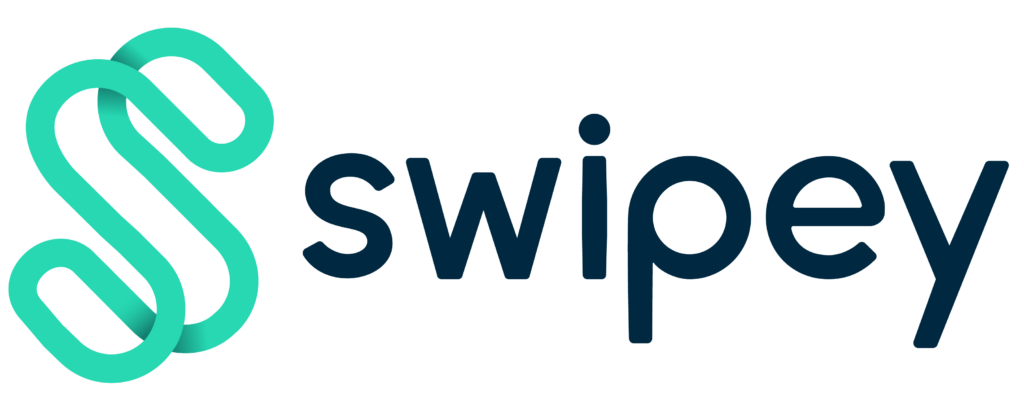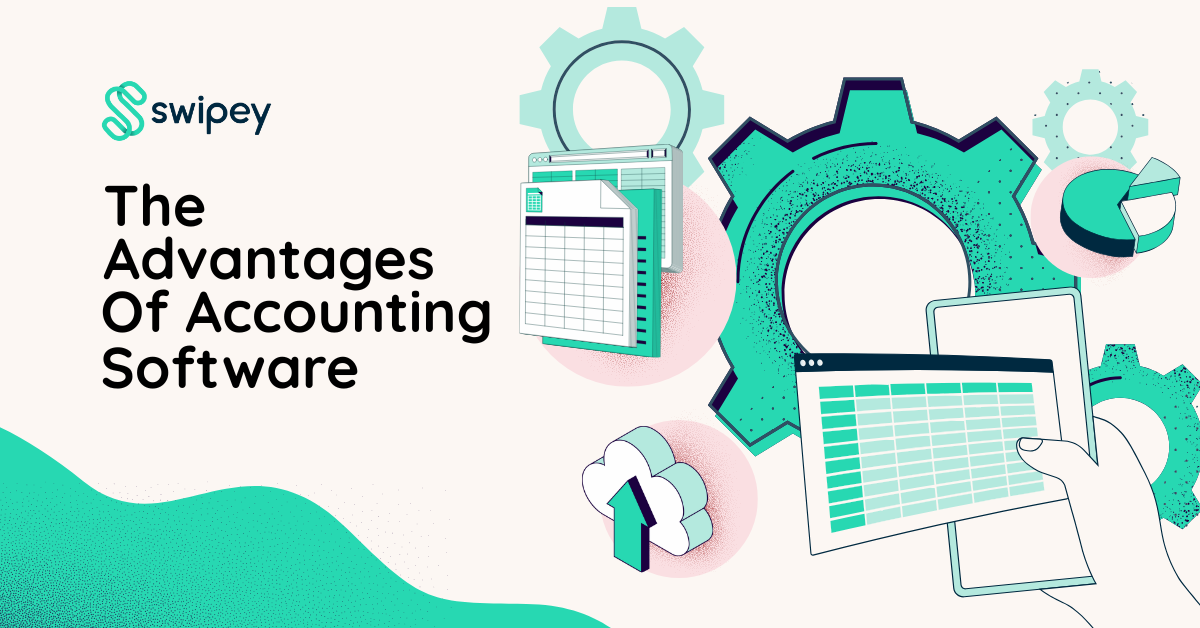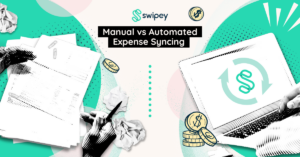Think spreadsheets are enough? While it was the most reliable thing to use since you named one tab “Final_Final_UseThisOne,” it should no longer be the go-to for a growing business today. Modern businesses need smarter tools to manage finances in real-time—and that’s where accounting software steps in.
What Is It and Why Should Businesses Care?
Any accounting software serves as a digital tool designed to help businesses—finance teams specifically—manage, track, and report their financial activities. It takes care of the tasks that are essential but time-consuming when done manually. Tasks like processing and generating accounts payables, accounts receivables, balance sheets, cash flow records, income statements, expense reports, and payroll.
This kind of financial information that an accounting software keeps is not only relevant when fulfilling tax obligations but is especially important when evaluating business efficiency.
Manual Accounting or Accounting Sync?
For most startups and SMEs, relying on manual accounting seems to be the way to go to keep costs low. This means employees generate and file documents, receipts, invoices, and other financial report requirements manually. Ironically, this cost-cutting method often leads to the opposite result—higher operational inefficiency.
Manual processes mean more space is needed to store all these physical paper documents, receipts and invoices. More employees and time are required to complete accounting tasks, potentially resulting in inefficiencies and a chance for human errors. That’s a surefire way of getting compliance headaches on top of your usual headache.
Accounting software isn’t just a tool. It’s peace of mind.
5 Pros of Using Accounting Sync
Real-time visibility
Month-end closing can take a week to 10 days when accounting is done manually. Imagine having to input date, price, location, quantity, bank account details for every single vendor and/or freelancer invoice. It’s no wonder it takes that long to close the books.
Employee reimbursements also take a couple of weeks to consolidate and settle depending on how the company’s finance processes are set up. That’s if everyone has kept their receipts and no one in the finance teams has to chase people down for missing receipts.
Forget hours spent reconciling bank statements or filing receipts. With accounting software, businesses can drastically reduce the time spent on routine tasks.
Cost-effective operations
By streamlining finance processes, businesses can reduce the need for manual bookkeeping, avoid late fees, and improve cash flow visibility. Although manual accounting seems to be the right move to save costs, as mentioned above, accounting software allows companies to maintain a lean finance team.
Greater accuracy on financial information
Human error is one of the biggest causes of financial mistakes. It’s fair to say ‘We’re only human’ until a decimal point turns a RM100 expense into RM10,000.
At its most basic, accounting software inputs information directly from uploaded documents. In contrast, manual accounting always carries a higher risk of errors. Accounting software automates calculations and checks for inconsistencies, reducing the chances of costly slip-ups.
Eliminate manual work & save time
With accounting software set in place, finance teams can forget about long-drawn-out routine tasks like reconciling bank statements and filing receipts into huge binders or box files every month. Bottlenecks are easily identifiable, and it informs people where the process has stopped.
They can even shorten the approval process and increase efficiency in every accounting step. Employee reimbursements are essentially eliminated too as businesses can use an accounting software like QuickBooks (employees can upload receipts and managers can review and approve them in a few clicks) or virtual corporate cards to pre-assign budgets and empower employees to make payments for the business.
Easy tax & compliance management
LHDN requires businesses to keep records for 7 years. That means a fair bit of storage is needed to keep all these physical documents and other papers related to business transactions if accounting is done manually.
Accounting software keeps everything in order for tax season—making reporting, filing, and audits a lot less stressful.
How Accounting Software Integrates with Swipey
Finance management should be simple. It’s a huge weight off your shoulders when things are efficient and automated. That’s why accounting tools are essential in your day-to-day finance processes.
Swipey integrates directly with popular accounting platforms like Xero and QuickBooks. Instead of exporting spreadsheets or entering data manually, you can map your Swipey transactions to an account and then have them sync in a few clicks.
Here’s what that means for your business:
- The integration records and categorises transactions
- Faster month-end closing and fewer errors
- Improved budget tracking and audit readiness
No more chasing receipts or reconciling line by line. Just clean, accurate data flowing exactly where it needs to go.
Already using Swipey?
Start syncing your business expenses with your preferred accounting software today and take one more manual task off your plate. If you’re new, book a demo or sign up and experience the future of business finances.




